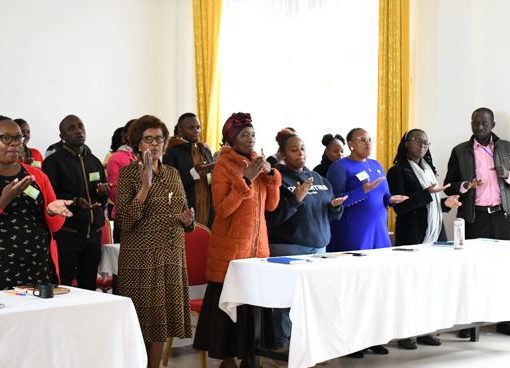The National Social Security Fund (NSSF) is urging Kenyans to sign up for voluntary retirement schemes as a provision for regular income on retirement.
Western Regional NSSF Director Vicky Webuye, has lamented that a number of people working, and especially those from the informal sector have failed to embrace the culture of savings.
The official specifically cited Western Kenya where residents save the least, saying there is a need to educate Kenyans on developing a savings culture.
Speaking in Kakamega during the marking of 10 years since the inception of Huduma Centres in the Country, she lamented that a number of people working, and especially those from the informal sector have failed to embrace the culture of voluntary savings.
Mrs. Webuye noted that many people usually worry less concerning their retirements because of the belief in assistance by their children as they have invested in them.
“Such attitude hinders people from voluntarily joining schemes such as the NSSF, where they can have a source of regular income on retirement and help aid in reducing poverty”, she added.
She said young people too fail to start saving for retirement believing that it is only older people who should have retirement schemes.
She said under the NSSF Act, one can make a contribution even if they are not formally employed.
She said NSSF pays the highest interest in the market, while a member’s contribution is tax-free.
“We pay benefits from the age of 50 years, as NSSF being government owned, member’s contributions are safe” she assured.
According to an analysis by a non-governmental organization, EFG Hermes Kenya which specializes in securities brokerage, asset management, investment banking, private equity, and research, Kenya’s saving rate is at 12 percent, way below Africa’s average of 17 percent.
By contrast, neighboring Uganda and Tanzania have already crossed the 20 percent mark even though their per capita income is significantly lower, an analysis by EFG Hermes shows.
By George Kaiga




